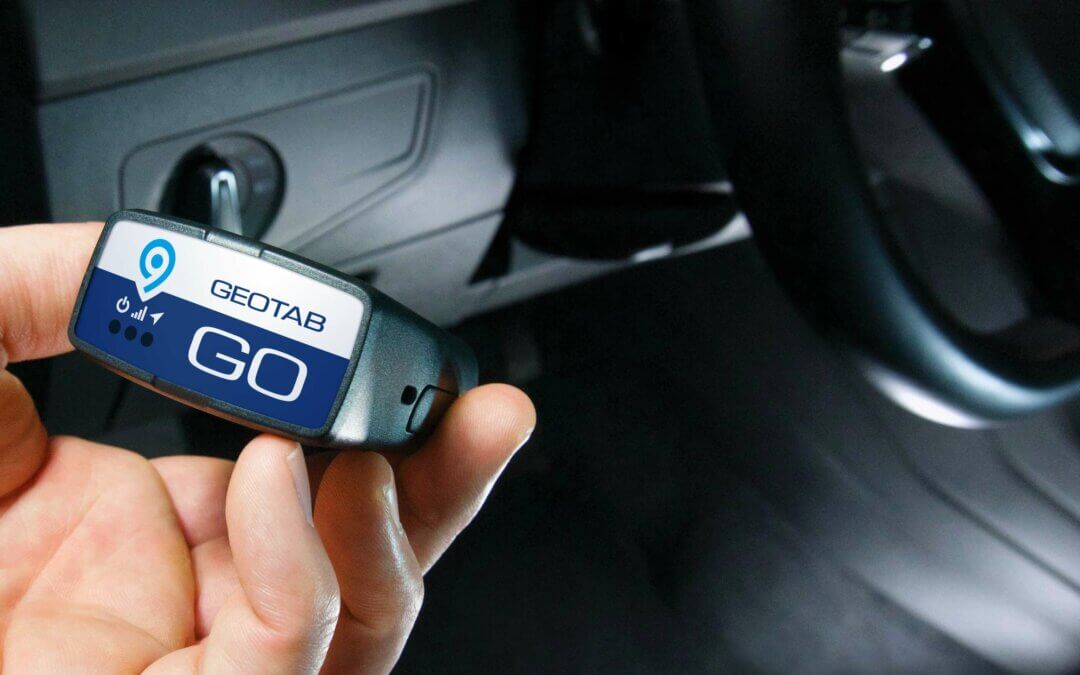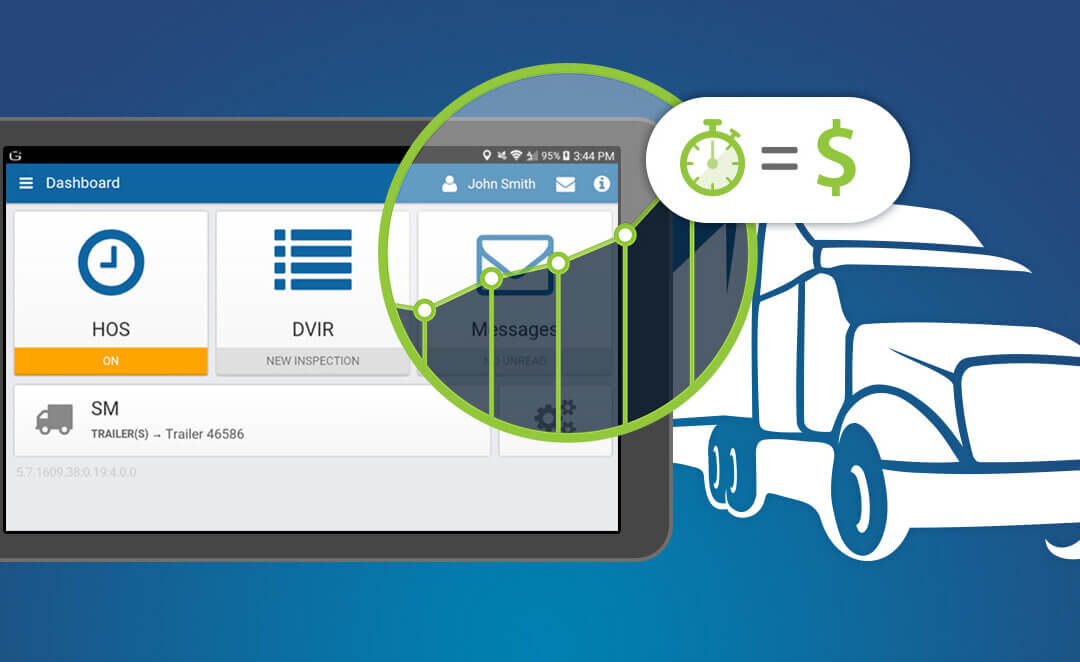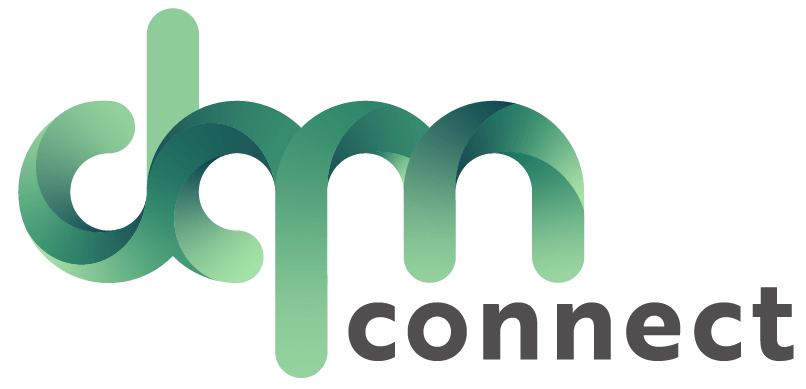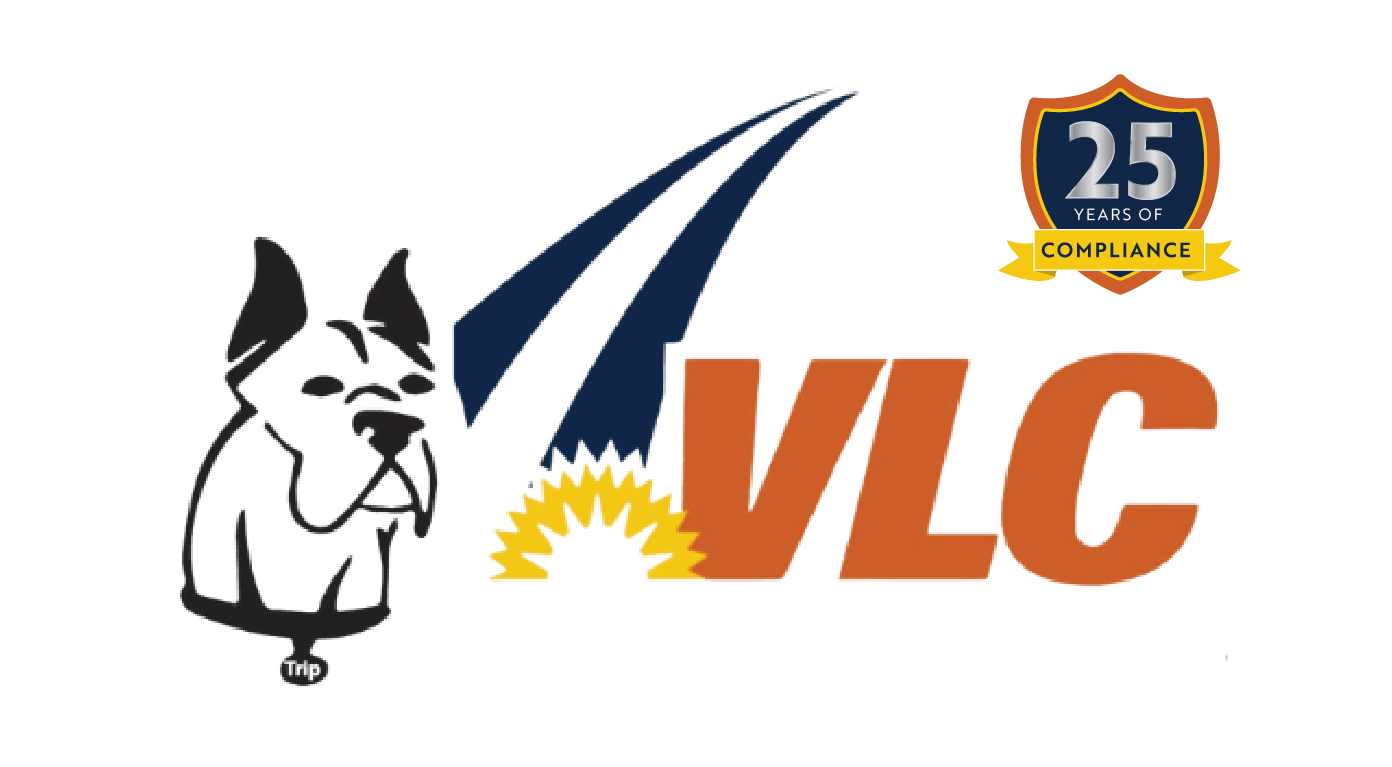
Fleet Management, Telematics
Responsible fleet companies are always seeking innovative ways to enhance efficiency, reduce costs, and optimize their operations. Over the past decade, embracing technology has become paramount in order to reach these goals, and telematics solutions, especially fleet vehicle GPS tracking systems, have emerged as indispensable tools for successful fleet management. At Vehicle Licensing Consultants, we want to help educate our community by outlining a step-by-step process that fleet companies can follow to acquire a top-notch telematics solution, ultimately transforming their fleet operations and maximizing productivity.
Step 1: Identify Specific Needs and Objectives
The first crucial step is for the company to clearly define their needs and objectives concerning telematics in vehicles. It’s smart to conduct an internal assessment to determine the key pain points and areas for improvement. Common objectives may include real-time tracking, fuel efficiency monitoring, driver behavior analysis, route optimization, and maintenance scheduling.
Step 2: Research Telematics Providers
Once the company’s requirements are outlined, research reputable telematics solution providers in the market. Look for companies with a proven track record, positive customer reviews, and a comprehensive range of features to address your identified needs. Pay close attention to scalability and ease of integration with existing fleet management systems. At VLC we can help with this with product buying guides from companies such as Geotab.
Step 3: Compare Features and Customization Options
During the evaluation process, compare the features offered by different telematics providers. Look for core functionalities like real-time tracking, geofencing, driver performance monitoring, and customizable reporting. The ability to tailor the solution to the company’s unique needs is essential for maximizing the benefits of the telematics system.
Step 4: Consider Data Security and Compliance
Given the sensitive nature of fleet data, security should be a top priority for any fleet company. Make sure that the chosen telematics solution employs robust encryption, authentication protocols, and follows industry best practices for data protection. Additionally, consider whether the provider complies with relevant data privacy regulations to avoid potential legal pitfalls which we at VCL know is critically important.
Step 5: Request Demonstrations and Trials
Before committing to a telematics solution, request demonstrations from the and, if possible, trial periods to test the product’s usability and effectiveness. Engage relevant stakeholders, including both fleet managers and drivers, to gain insights into how the solution will fit into the company’s daily operations and receive feedback on ease of use.
Step 6: Review Costs and ROI
Analyze the pricing models of the shortlisted telematics providers. While cost is a significant factor, focus on the return on investment (ROI) the solution can offer. Consider long-term benefits such as fuel savings, reduced maintenance expenses, improved driver safety, and enhanced customer service to get a more comprehensive view.
Step 7: Seek Customer References
Request references from the telematics solution providers to gauge their level of customer satisfaction. It’s also not a bad idea to reach out to other fleet companies who are using the system to get honest feedback on its performance as well as on customer support and overall experience.
Step 8: Negotiate the Contract
After selecting the ideal telematics solution provider, negotiate contract terms that align with the company’s requirements. Pay attention to contract length, service-level agreements, upgrade options, and cancellation policies. At VLC we are happy to help with any questions or concerns you have and we support you through each step of the process.
Step 9: Implement and Train
Once the contract is finalized, work closely with the telematics provider to ensure a smooth implementation process. Train relevant personnel on how to use the system effectively and extract valuable insights from the data collected.
Connect with VLC About a Telematics Solution Today!
Incorporating a telematics solution into fleet management is a game-changer for modern businesses. By following these simple steps, modern fleet companies can confidently choose the right telematics solution that meets their specific needs, empowers efficient operations, and contributes to the overall success of their business. Give us a call at Vehicle Licensing Consultants at (530) 637-1696 or reach us by email at info@im4trux.com to learn more!

Fleet Management, FMSCA, VLC
Human trafficking is a global catastrophe that affects millions of lives every year. It is a heinous crime that preys upon the vulnerability of individuals, exploiting them for forced labor, sex work, or other forms of servitude. Recognizing the need to address this grave issue, the Federal Motor Carrier Safety Administration (FMCSA) in the United States has taken a proactive stance by launching an a-inclusive Human Trafficking Prevention Campaign. At Vehicle Licensing Consultants, we support the work of the FMCSA and applaud their efforts to combat human trafficking in the transportation industry.
Understanding the Serious and Widespread Issue of Human Trafficking
Before exploring the details of the campaign, it is essential to understand the magnitude of human trafficking. It is a secretive practice that operates across borders, exploiting victims from various backgrounds and age groups. The transportation sector, with its vast network and mobility, unfortunately becomes an easy tool for traffickers to move victims, often unnoticed. Realizing the unique role it can play in curbing this crime, the FMCSA has taken important steps to raise awareness, educate stakeholders, and enhance reporting mechanisms.
The FMCSA’s Human Trafficking Prevention Campaign
The FMCSA’s campaign encompasses several key initiatives and partnerships designed to combat human trafficking effectively. Some of the primary components include:
Education and Training for Industry Professionals
The FMCSA recognizes the importance of educating transportation industry professionals about the signs of human trafficking and how to report suspicious activities. Through its campaign, the FMCSA has developed training resources and materials to raise awareness among truck drivers, carriers, and other stakeholders. This educational component equips individuals with the necessary tools to identify potential trafficking situations and empowers them to take appropriate action.
Public and Private Partnerships
The fight against human trafficking requires a collaborative approach. The FMCSA actively engages with various stakeholders, including trucking associations, law enforcement agencies, and non-governmental organizations (NGOs), to build partnerships. By fostering these alliances, the campaign leverages collective efforts to effectively identify and prevent human trafficking incidents.
Outreach and Public Awareness Programs
The FMCSA’s campaign emphasizes the importance of outreach and awareness in order to combat human trafficking effectively. It actively participates in public events, conferences, and industry gatherings to engage with transportation professionals and the wider community. By spreading the message through various different channels, the campaign aims to reach as many individuals as possible, fostering a culture of vigilance and responsibility.
Simple Reporting Practices
To facilitate reporting of potential trafficking incidents, the FMCSA provides channels for individuals to share information securely. The agency encourages transportation professionals to utilize the National Human Trafficking Hotline (NHTH), a vital resource for reporting suspected cases and seeking assistance. By promoting a culture where reporting is normal and encouraged, the campaign strengthens the collective fight against human trafficking.
Regulatory Framework
In addition to awareness and education, the FMCSA works within its regulatory framework to address human trafficking. It collaborates with law enforcement agencies and supports initiatives aimed at strengthening laws, regulations, and penalties related to human trafficking within the transportation industry. This proactive approach ensures that traffickers face serious consequences for their actions.
Partnering Together to Prevent Human Trafficking
By supporting the Federal Motor Carrier Safety Administration’s Human Trafficking Prevention Campaign, we at VLC hope to serve as a leader in the transportation industry to combat human trafficking. By prioritizing education, awareness, partnerships, and reporting mechanisms, the campaign empowers transportation professionals to play a crucial role in identifying and preventing human trafficking incidents. Together, through collective efforts of the FMCSA, companies like VLC, and the support of drivers and the public, we can make a significant impact in the fight against this terrible crime, ensuring a safer and more compassionate future.
How Can VLC’s Driver Qualification Fleet Management Software Help the Transportation Industry?
At Vehicle Licensing Consultants we help transportation companies with driver compliance through driver qualification fleet management software and other tools. Driver compliance is one of the most important and overlooked spokes in the wheel of a successful fleet company and our driver qualification fleet management software is comprehensive, assisting your company with everything from keeping driver qualification records to preparing everything needed for a DOT audit. Our dedicated staff and inventive technology joins forces to enhance your driver compliance procedures and support you every step of the way as you grow your business.
If you are interested in learning more about VLC’s driver qualification fleet management software or our other helpful services, please don’t hesitate to give us a call at: 530-637-1696 or email us at info@im4trux.com.

Fleet Management, Geotab
At Vehicle Licensing Consultants (VLC), we commonly get questions about Geotab and how it can benefit carrier companies. But what is Geotab exactly and how can it help you make better informed decisions for your business? At VLC we want to help our clients understand the ins and outs of the industry and offer tools that can help make it simpler to increase your company’s efficiency.
What is Geotab?
Geotab is a commercial telematics vendor that offers GPS tracking solutions for vehicles along with other non-vehicle asset tracking. Geotab has been rated number one by the ABI research group for commercial telematics vendors, and it continues to impress the international community with innovative and creative solutions combined with top-of-the-line technology.
Whether you are a small company that has only a single vehicle or a large company that has an entire fleet, when you go to your Geotab login the “My Geotab” program can help you stay abreast of what is happening with your fleet at any time.
What kinds of things does Geotab offer?
The solutions that your Geotab login offers are many and the Geotab Data Insight Solution program can provide you with essential data analysis to organize and empower your company. The Geotab marketplace uses a variety of products that can help with efficiency, allowing you to know the location of all of your vehicles at any time.
Geotab offers the following benefits to carrier companies across the globe:
- increased optimization through fleet maintenance
- fleet benchmarking
- fleet management
- asset tracking and management
- routing and dispatching services
- driver tracking and reporting
Geotab also offers safety and compliance in the following areas:
- driver coaching through a Geotab login
- electronic logging device (ELD)
- driver/vehicle inspection reports
- driver safety reporting
- dash cams
- compliance within the international fuel tax agreement (FTA)
Finally, Geotab offers both sustainability and expandability through:
- hardware integration
- data insights to companies
- EV fleet management software integration
- greenhouse gas and emission reductions
What is the Geotab GO?
The Geotab GO is a small vehicle tracking device that is a leader in the worldwide marketplace in GPS services. The Geotab GO easily plugs into your vehicle’s OBDII port if one is available, and if not, an adapter can be used as well.
There is no lengthy installation process and installing the Geotab GO does not require a professional installation expert or any specialty tools at all! Data can be sent from a variety of sources within the vehicle including:
- the instrument panel
- the drivetrain
- the engine
- other subsystems
By using a variety of internal networks, the Geotab GO is able to provide rich data at all times. There is also a Geotab GO “rugged” telematics device that is perfect for heavy equipment, agricultural machinery, oilfield equipment, and any yellow iron vehicles. It is hearty and near indestructible, can be installed in a location where it will be exposed to the elements, and has all of the benefits of Geotab for your heavy machinery.
Reach Out to Learn More About Geotab Today!
If you are interested in learning more about how Geotab can help you contact us at VLC today by calling 530-637-1696 or emailing us at info@im4trux.com

Fleet Management
Telematics fleet management is quickly becoming an integral part of many businesses. With its ability to track and monitor vehicles, drivers, and cargo, it provides an effective way to reduce operating costs, increase efficiency, and improve safety. By taking advantage of the latest technology, businesses can maximize their investment in telematics fleet management, helping them become more competitive in the market.
Let’s discuss some of the ways businesses can make the most of their telematics fleet management investment.
Start by Choosing the Right Software
When it comes to maximizing your telematics fleet management investment, the first step is to choose the right software. You’ll want to look for a solution that meets your unique business needs and offers features that will help you achieve your goals. Look for a comprehensive solution that includes features such as GPS tracking, route optimization, driver monitoring, and maintenance tracking.
Ensure Data Accuracy
The data collected by telematics fleet management software must be accurate in order for it to be useful. Make sure you’re using quality hardware and software to track your vehicles, drivers, and cargo. This will ensure that the data is accurate and up-to-date, helping you get the most out of your investment.
Integrate With Other Systems
Integrating your telematics fleet management system with other business systems can help you get the most out of your investment. This includes integrating with your accounting, customer relationship management (CRM), and even your human resources systems. This will help you streamline processes, reduce data entry errors, and improve overall efficiency.
Optimize Processes
One of the best ways to maximize your telematics fleet management investment is to optimize your processes. By utilizing the data collected by your telematics system, you can improve driver performance, increase fuel efficiency, and reduce maintenance costs. You can also use the data to identify areas of improvement, helping you make more informed decisions about how to best manage your fleet.
Train Your Drivers
Driver training is also essential for maximizing your telematics fleet management investment. Make sure your drivers understand how to use the system and how to respond to alerts. This will help them stay safe on the road and ensure that they are using the system as intended.
How to Implement Change
Once you have taken the steps outlined above to maximize your telematics fleet management investment, you will need to implement change. This may involve making changes to your processes, policies, and procedures. Make sure you communicate the changes to all stakeholders and ensure everyone is on board with the changes before moving forward.
Optimize and Improve Your Fleet with Telematic Fleet Management From Vehicle Licensing Consultants
As an authorized reseller of Geotab, Vehicle Licensing Consultants provides telematic fleet management solutions to help businesses optimize and improve their fleets. Geotab’s powerful platform provides easy-to-use tools to track vehicles, manage fuel costs, reduce accidents, and more. With Vehicle Licensing Consultants’ telematic fleet management solutions, businesses can maximize their investment in telematics fleet management and become more competitive in the market.
Contact us today to learn more about how Vehicle Licensing Consultants can help your business.

Fleet Management
The trucking industry is responsible for road safety in a major way because of the sheer number of miles driven and the size of the vehicles. To ensure safety and efficiency, fleet operators need to leverage their data to their advantage. Here are some tips to leverage fleet data for a safer operation and drivers with geotab fleet management.
Fleet Data to Enhance Employee Coaching
You’ve got a team of drivers, and things are going well. But have you optimized your operations and ensured that every driver is maximizing their time and adhering to safety regulations? Fleet data is the first and most important step to enhancing employee coaching.
Start by gathering data using a system that allows for geotab fleet management like TripDAWG. When you are able to track and analyze data for routes and drivers, you can optimize the performance of your fleet. This data can help you identify areas of improvement for individual drivers, such as accelerating and braking habits, speed, and other aspects of their driving.
Continuous Improvement
Continuous improvement is key for any successful fleet operation. By leveraging fleet data, you can identify problem areas, such as speeding or aggressive driving, and develop strategies to address them. Additionally, you can use the data to identify opportunities for better fuel efficiency and route optimization.
Data can also be used to evaluate driver performance and reward successful drivers with bonuses or other incentives. This will encourage drivers to become more engaged in their work and improve their driving habits.
Don’t Wait Until It’s Too Late
It’s important to leverage your fleet data before it’s too late. By proactively monitoring and analyzing your data, you can take the necessary steps to address problem areas and maximize the performance of your fleet. Additionally, you can use the data to develop proactive safety measures that will help reduce the risk of an accident.
By leveraging your fleet data, you can ensure the safety of your drivers and optimize the performance of your fleet. With the right system and processes in place, every fleet can improve in the most important operational area – safety.
Start Leveraging Geotab Fleet Management With Vehicle Licensing Consultants
Our team of experts and geotab fleet management solutions are here to help you leverage your fleet data for a safer operation and drivers. We offer comprehensive solutions for fleet owners, including data collection and analysis, route optimization, and driver file management. Contact us to learn more about our services and how we can help you improve the safety and performance of your fleet.

Fleet Management
Trucking has always required detailed logs from professional drivers, but for decades those logs had to be done on paper – a tedious, time-consuming, error-prone process. Now, new regulations are enforcing the use of eLogs for truckers, electronic logbooks which are an improvement over the old method in virtually every way.
For new drivers, or those starting up their own fleet, here are the basic things you need to know about eLogs for truckers.
What Is An eLog?
Electronic logbooks are small electronic devices that are attached to a truck or other working vehicle, recording vehicle data as well as driver behavior. These typically track the vehicle’s movement via GPS, fuel consumption, diagnostic data, maintenance records, and more.
In addition, regulations require the driver log their own behavior – whether they’re driving, doing paid non-driving work, on break, etc. This allows regulators to ensure that drivers are following relevant laws on working hours.
How Did eLogs For Truckers Improve on Older Methods?
When the government first began mandating electronic logging, there was some pushback due to the need to buy new hardware. However, drivers and fleet managers quickly realized it was a small upfront cost that brought significant benefits.
- Saving time. Keeping logs on paper required a lot of time and effort because drivers had to manually look up and record information by hand. eLogs greatly reduce time wasted on paperwork.
- Better visibility. A modern eLog device can hook into your fleet management system, providing data directly to your databases. Otherwise, the data would have to be re-entered from the driver’s log, wasting more time.
- Fewer mistakes. Any paperwork maintained by hand is going to be prone to error, and errors in trucking paperwork can lead to big fines or worse. eLogs pull their data directly from the truck, greatly reducing the chance of error.
Who Has to Use eLog Systems?
For all intents and purposes, every truck in your fleet should be outfitted with an eLog system. However, there are a few specific exceptions, specifically for drivers who only drive locally, 8 days or less in a month. If you don’t have to keep Records of Duty Status for the driver, they likely don’t need to use an eLog either.
VLC Makes Fleet Management Easy!
VLC provides a full suite of tools for fleet management, driver management, and customer relationship management. Our software solutions simplify your life as a fleet manager, while offering deep analytical insights and opportunities for cost optimization.
Contact us to learn more or request a free demo!







